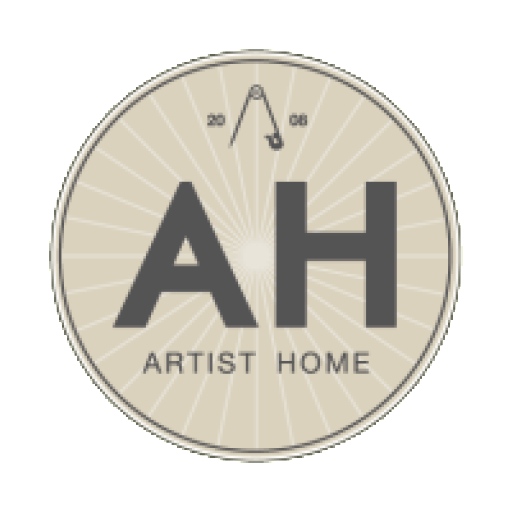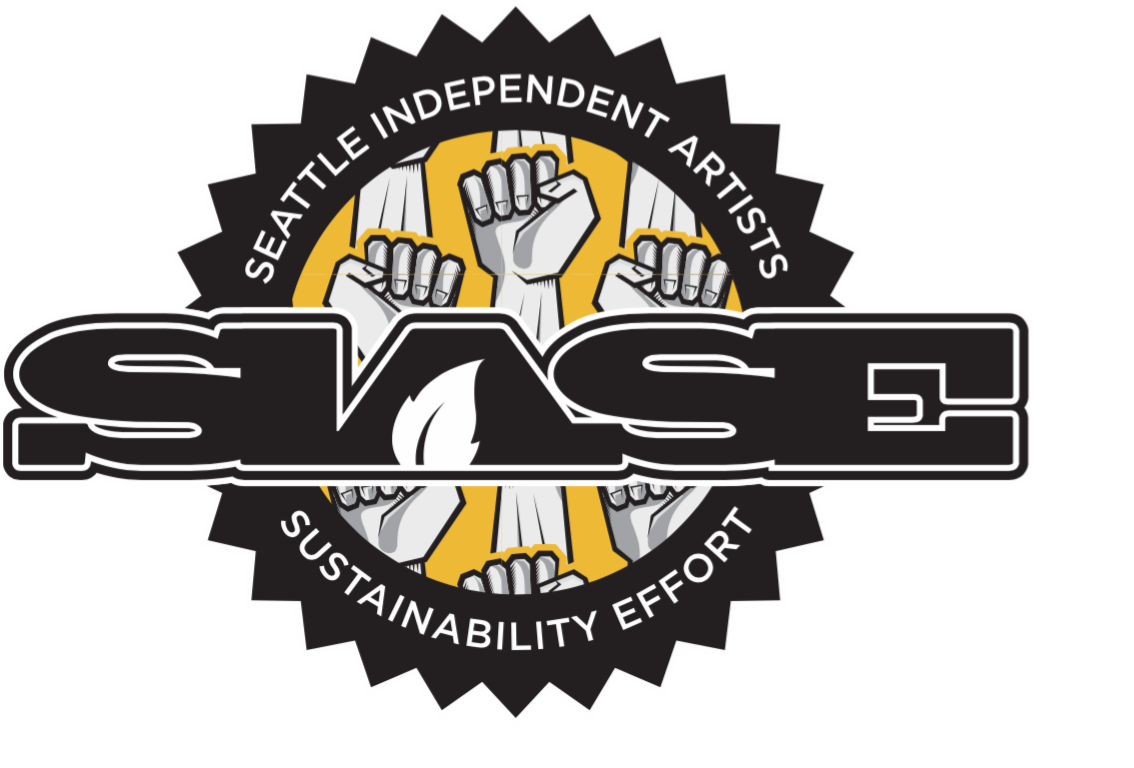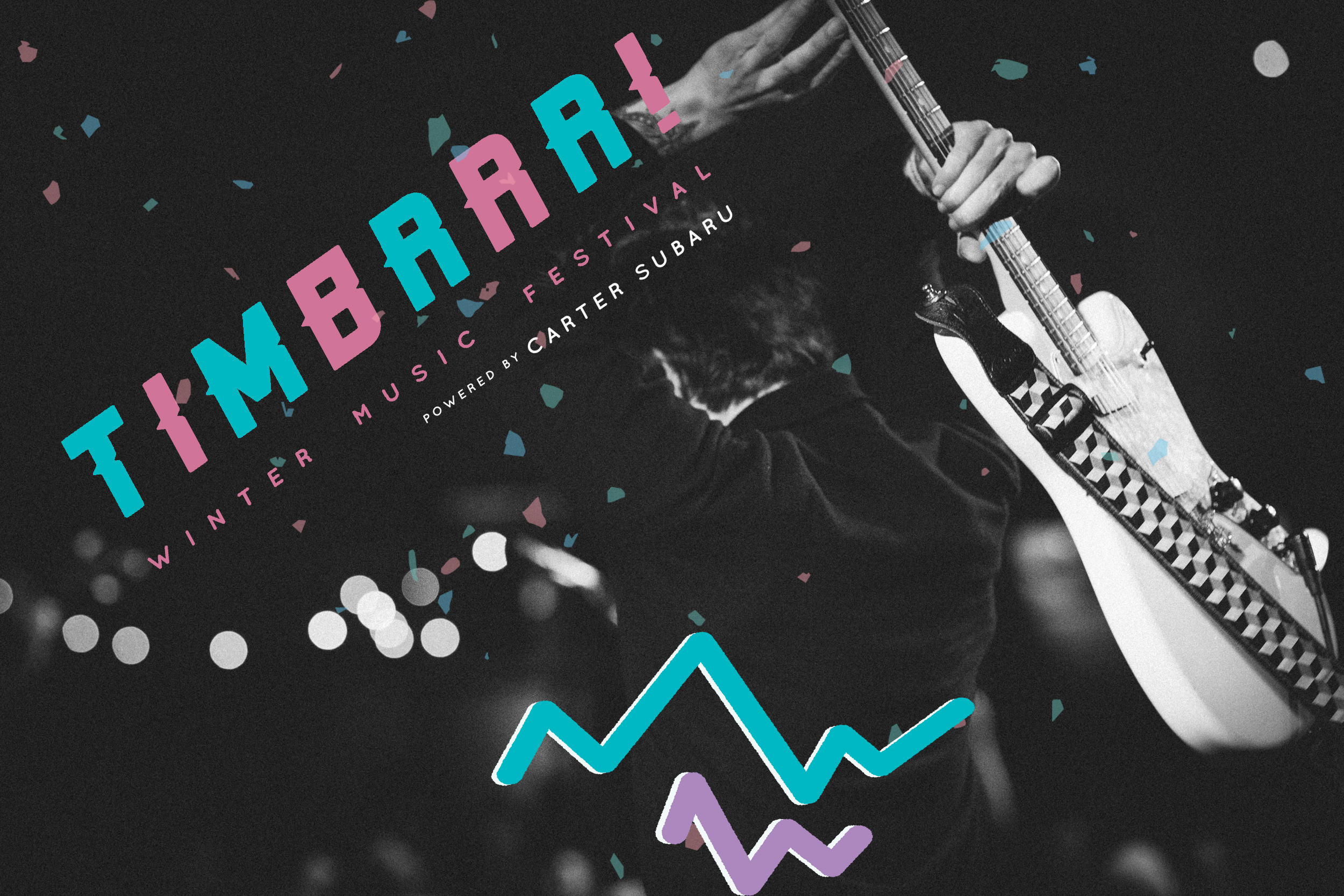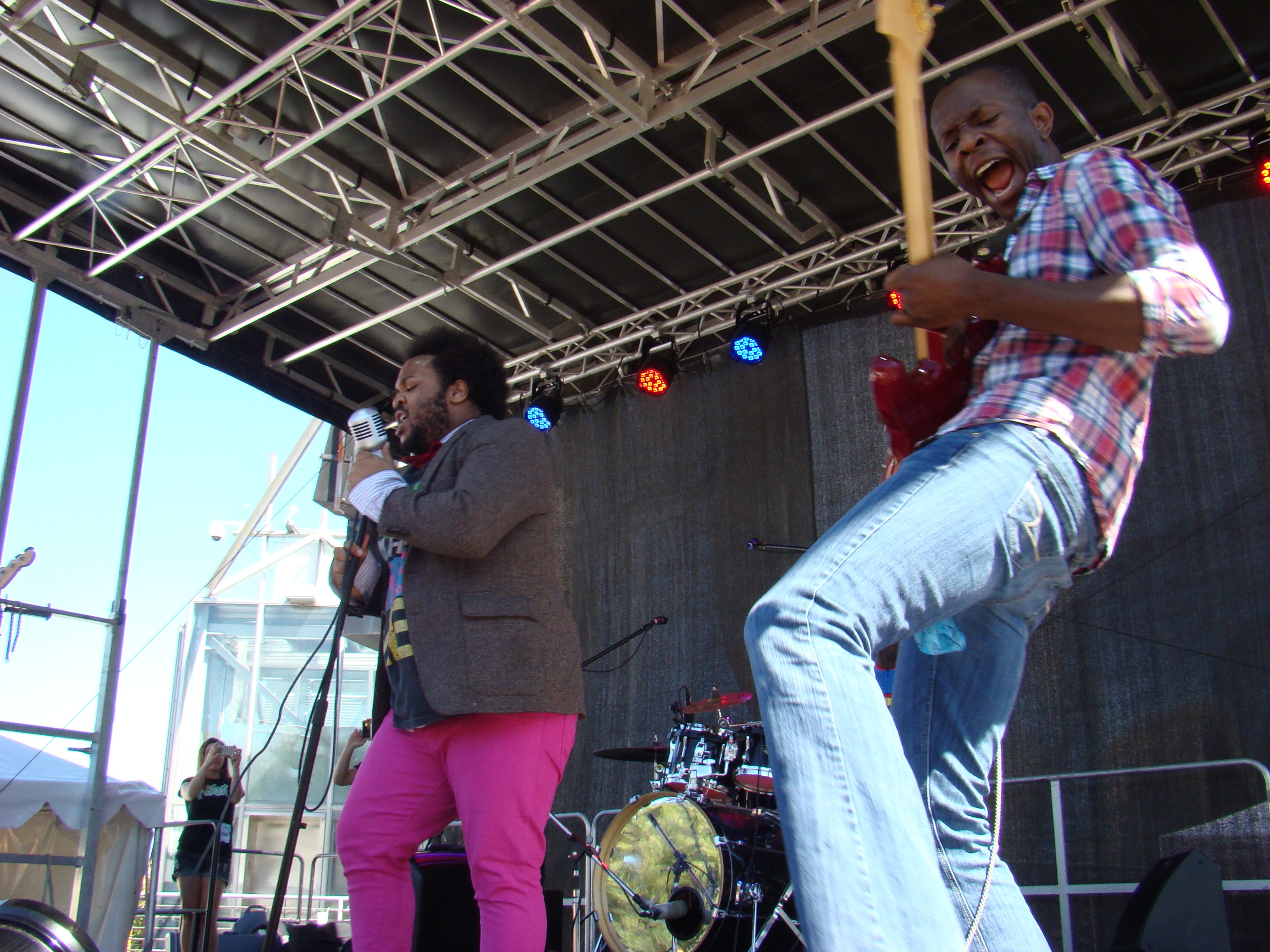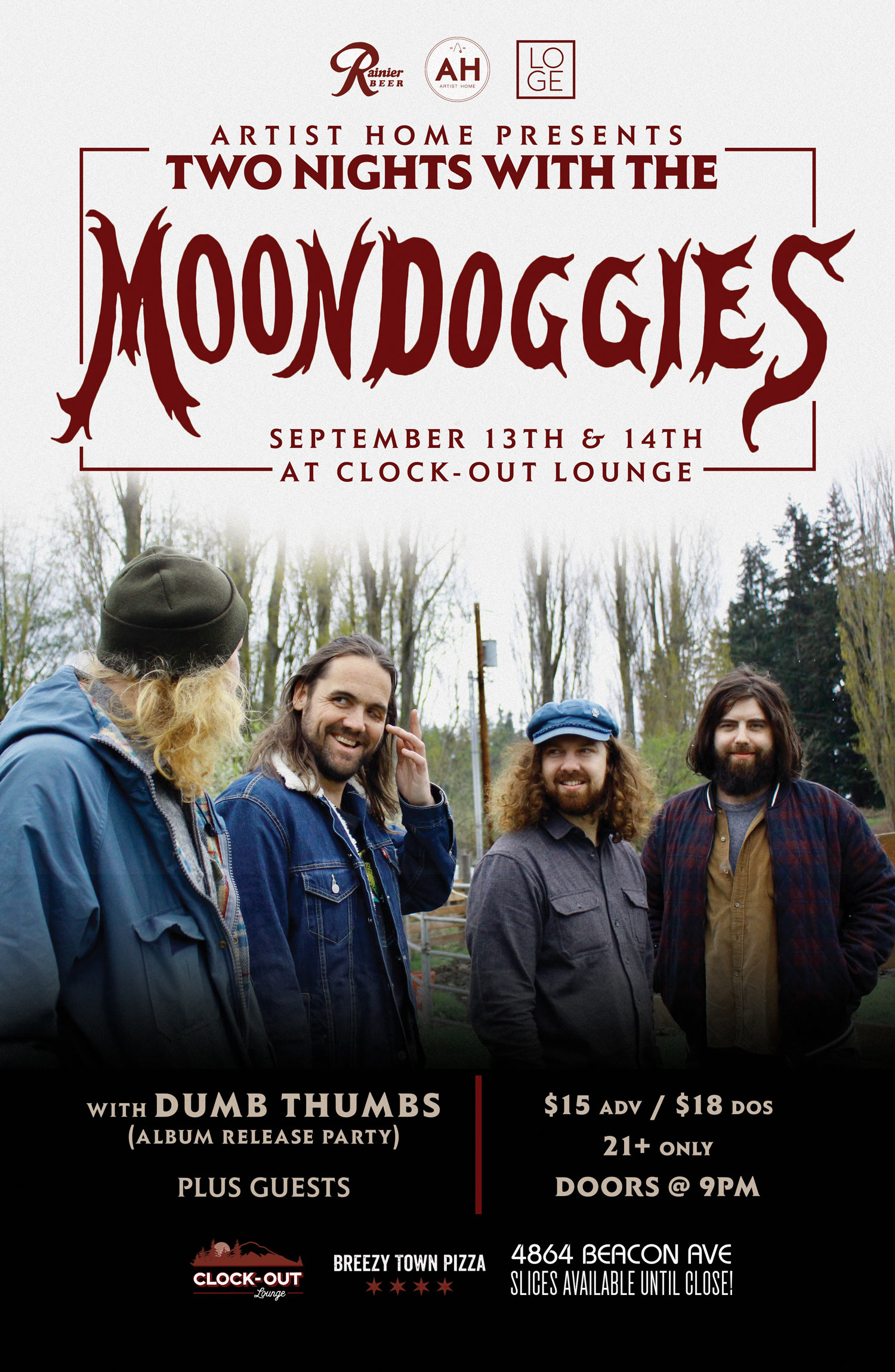When it became clear that COVID would economically devastate independent artists in Seattle, a city where artists where already struggling to make ends meet pre-pandemic, several local independent artists formed Seattle Independent Artist Sustainability Effort (SIASE).
Formed just last month, SIASE is an organization dedicated to advocating for the rights of independent artists in the area. The goal of SIASE is not only to support these artists during the current crisis, but to highlight that what they’re experiencing during this time is indicative of a larger cultural illness. SIASE also intends to vie for more equity for independent artists once the world comes back online. This horizontal coalition of cultural workers is also launching a democratic, membership-run union for freelance artists, Freelance Artist Consortium of Seattle (FACS).
SIASE organizers will be FACS members but not all of SIASE is actively involved in organizing FACS. That said, one organizer vital to both SIASE and FACS, cellist Lori Goldston, sat down with No Man’s Land to discuss SIASE’s goals and the measurable affects this collective mission may have on all independent artists, including womxn.
NMB: Hi Lori! Thanks so much for being willing to chat about SIASE. Tell me a bit about yourself and what prompted you to get involved with SIASE.
LG: Thanks so much for your interest in what we’ve been up to. It’s such a tough, surreal time, and I feel incredibly lucky to be working with so many sweet, smart, capable people to help launch something for which I’ve seen a desperate need for a long time. Most of us working on SIASE and FACS have only met via video since the pandemic arrived, so the amazing teamwork, solidarity, trust, support and cooperation feels especially miraculous.

I’m a cellist, composer, producer, etc. I collaborate with an extremely broad of range musicians and other kinds of artists. I’m classically trained but known more for playing with bands, improvising, and interdisciplinary collaborations— in general, things that are less typical for cellists. I toured with Nirvana and, more recently, with Earth. I play often around Seattle as a soloist and collaborator, and have worked on music ravenously and continuously since moving here in the mid ‘80s. I tour in the US and internationally and have played in around 25 countries, in pretty much every kind of venue you can imagine and some you probably can’t.
For a couple of years I’ve been thinking a lot about the need for a freelance musicians’ union [and] talking with musician friends: people who know local politics, journalists, and I.W.W. members. Life in Seattle for musicians, artists and technicians had become brutally difficult. They’re squeezed from all sides: skyrocketing rent, less and less municipal support, clubs taking more and more overhead out of ticket sales, and very little revenue from recordings. Over the years it’s become common practice here to pay artists almost nothing.

Realistically, there’s a point at which you end up with a city where almost no one can afford to live here as a full time musician, right? Is that the city we want? What an unbearable loss, especially for a place known more than anything else as one of the great music cities.

One of the people I’ve been in dialog with is my guitarist/composer friend Michaud Savage, who in March introduced me to Julie-C and SIASE, the Seattle Independent Artists Sustainability Effort. We’d all been seeing the same problems, and studying up and talking with people. When we were sidelined by the pandemic we had time to find each other and organize, which has been wonderful. Soon after that Freelance Artist Consortium of Seattle (FACS) formed, overlapping some in terms of work and personnel with SIASE.
NMB: What’s the mission of SIASE and how’s it going?
LG: The mission statement describes SIASE as “formed by and for artists to enhance self-determination and secure both short and long term sustainability of our communities through documentation, coordination, and direct advocacy.”
As I mentioned I met the SIASE founders after it had been formed in response to the pandemic. A lot’s been done in a short time: compiling emergency response resources for artists, collecting economic impact data, the release of an open letter, coordination with other community responses.
NMB: What is the mission Seattle Independent Artists Sustainability Effort? What sort of “sustainability” are you vying for?
LG: Artists, like all other workers, deserve to be paid a living wage for their labor and skills, as well as respect, safety, dignity and security. Anything less is unsustainable.

In June 2019 the city of Seattle released a report that found Seattle’s pay to artists is the worst in the US— 53rd out of 53 cities. According to the city’s data the median wage for artists is around $12.
Even more awful than that grim figure was the silence that followed its release. I think The Stranger referred to it a time or two, but aside from that there was nothing from the media, bureaucrats, administrators and politicians. It became clear that without advocacy and accountability it would only get worse.
NMB: How would you describe the nature of your group—are you a union? A lobbyist group?
LG: It’s an excellent question, and I’m not sure everyone would answer it the same way; I think of SIASE as broader advocacy group, and FACS as a consortium, structured like a union. Everything’s very new and a lot is happening very fast, so we’re kind of building a ship that’s already set sail. Its identity and function are being defined while it’s already in motion.
NMB: What are some primary focuses of SIASE?
Initially we’re focusing on framing discussion about artists’ wages, looking for ways to increase accountability, equity and transparency, and developing ways to have each others’ backs in labor disputes. Again, at least for now you’d maybe get different answers from different members— personally, I don’t feel very prescriptive about it. We need to create ways to come together to find out what kind of support people need, and how we can look out for each other most effectively.
NMB: When it comes to other collectives like the new venue coalition WANMA, how is the freelance artist narrative being included? And vice-versa, how are you working with WANMA and other industry-relevant coalitions that have formed during COVID?
For me personally, working as part of an organization is a very new experience. I’m looking forward to forming more and more alliances with other organizations but am at a total loss about how to go about it as a member of this kind of group. I’m learning from SIASE and FACS members and advisors who are extremely skilled organizers with a lot of experience and knowledge.
So while I don’t really know how to address this question directly and formally as a coalition member, I can speak more broadly and personally from my experience and observation. There’s often a trickle-down approach to arts funding, with a lot of different entities claiming explicitly or implicitly to look out for artists’ interests and wellbeing, and those claims go unquestioned. But who are these people paying artists $12 an hour (and often much less than that)? There’s an overwhelming need for transparency, equity, and accountability.
A whole lot of artists in Seattle and elsewhere entered this crisis in desperately awful shape financially. This is a moment to look carefully and honestly at that dynamic, and to figure out a better way forward; we need to use the time and chaos created by this terrible situation as an opportunity to rethink that inequity. People whose livelihoods depend on on the skills and labor of artists need to make sure the artists are paid decently, are able to live healthy and secure lives, and have a reason to be in this city. We’re organizing to help create, drive, and sustain that discussion and scrutiny.
NMB: Can you speak to the typical experience of independent womxn artists? How has that improved, worsened, or stayed the same during COVID?
LG: This is such a disorienting time, and it’s hard to draw conclusions from where we are, here in the thick of it. Now, as always, one thing I notice is that womxn advocate for themselves less than men, and not as loudly. Socialization that tells us not to expect and/or demand support and respect runs so deep, it’s hard to see. I find it’s usually made more obvious by those whose voices are amplified and whose demands are attended to, so that’s a smart thing to keep an eye on.
NMB: Is SIASE offering any specific resources/support to gig working womxn artists? If so, can you tell me a little about them?
LG: Our aim is to examine, analyze, push back against and dismantle systemic oppression. SIASE and FACS are still so, so new and will have a lot to say about it very soon.
NMB: Anything else that you think is vital to telling the story of SIASE?
LG: Artists in the Puget Sound area: Please consider joining us! Let’s all look out for each other.
To learn more about SIASE, visit their Facebook.
